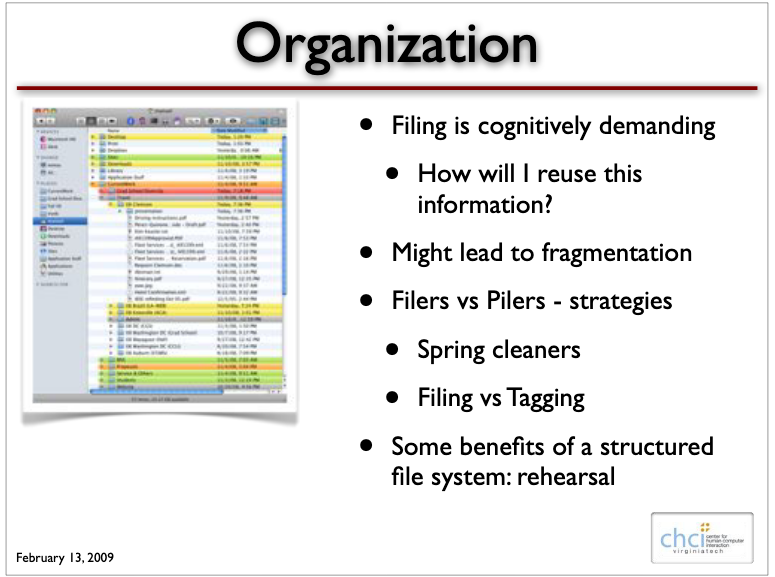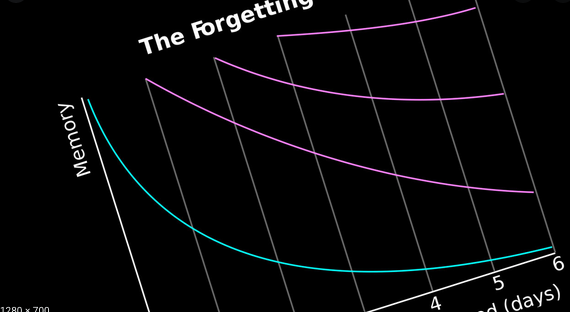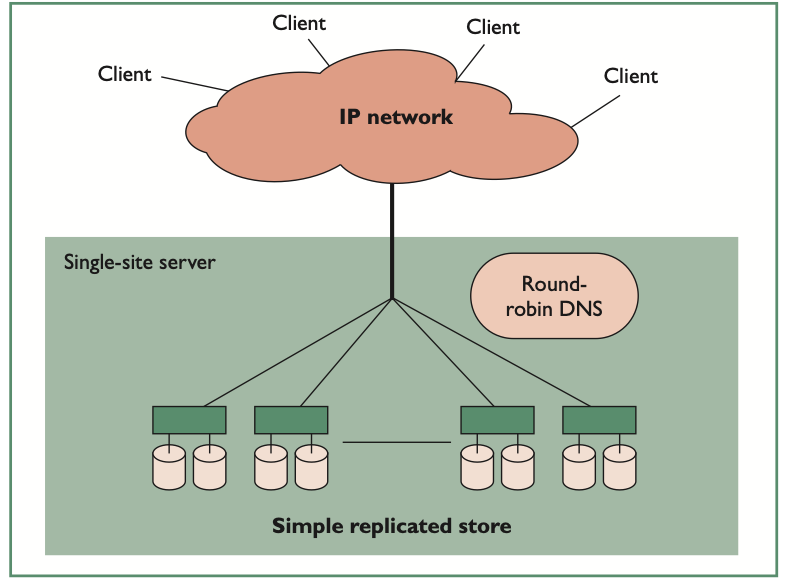Blog
-
I’m obsessed with personal information management (PIM) and as I learn more about the discipline, one concept continues to repeatedly crop up: Zettelkasten. I first learned about Zettelkasten after reading one of my favorite books “How to take smart notes”, and since then, I’m sold on the idea and continue to tweak my digital workflow…

-
Generally speaking, there two ways people store their digital assets. Some file their digital assets— PDF documents, images, videos, bookmarks and so on — into neat, hierarchical structures. In the other camp are people who leverage tagging, assigning one or more key words to their files. When retrieving assets, these people tend to leverage their…

-
Three passes World class writers sit down and pour out beautiful prose in a single sitting, right? That’s the image I image I held in mind for many years and this belief is not only far from the truth but this belief crippled me as a writer. I would sit down to type and proceed…

-
Students in the Georgia Tech program collaborate with one another — and collaborate with professors and teacher assistants — through a platform called Piazza. But at the end of the semester, this forum shuts off to read only mode, meaning we all lose connection with one another. Because of this, I recently created an e-mail…

-
This blog post is the first in the series on the different ways to write powerful paragraphs, inspired by Victor Pellgrino’s book “A writer’s guide to powerful paragraphs”. According to Victor Pelligrino, a paragraph is a unit of thought that expresses a single idea, communicated through related sentences. And although there are many ways to…





